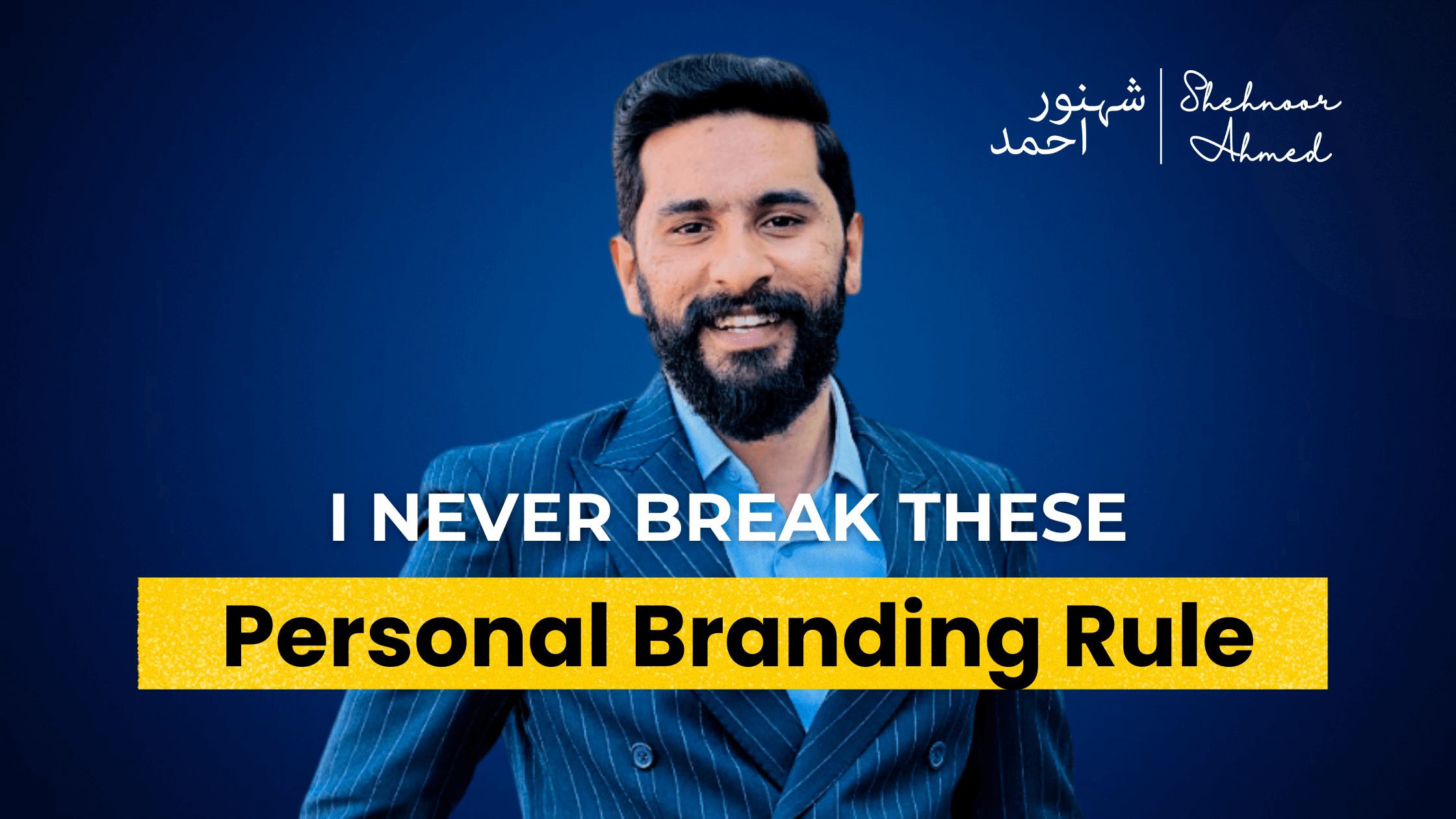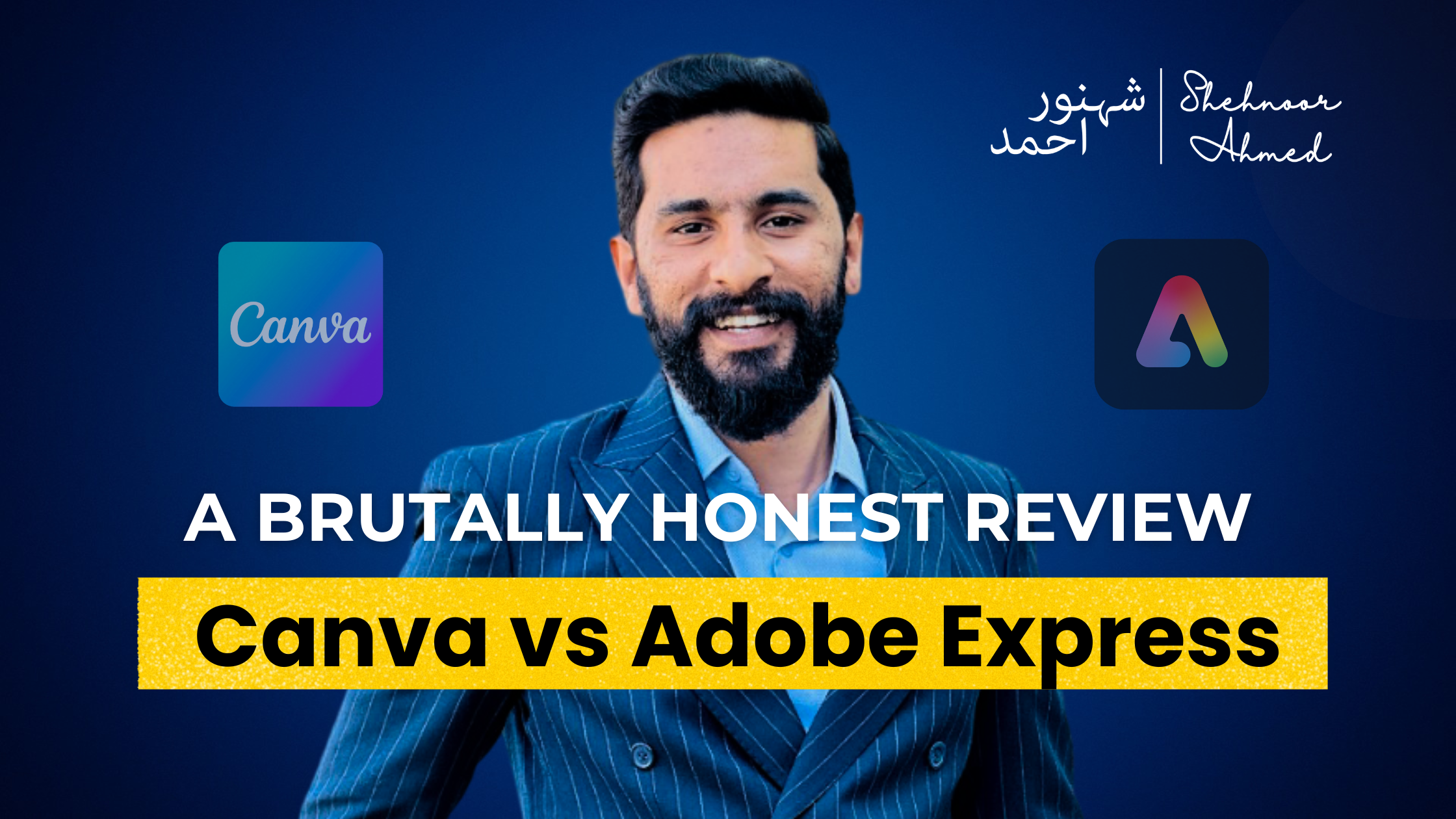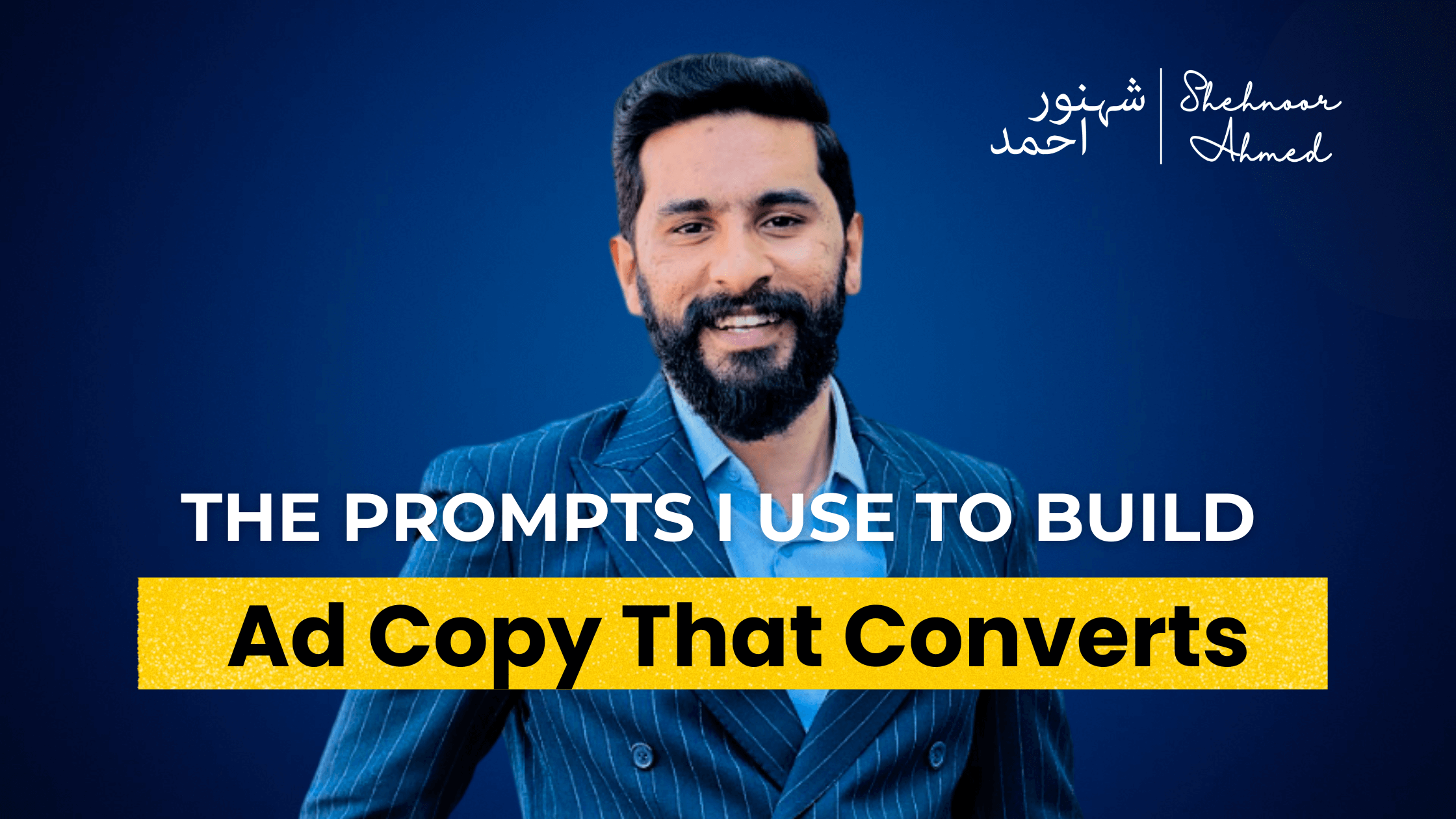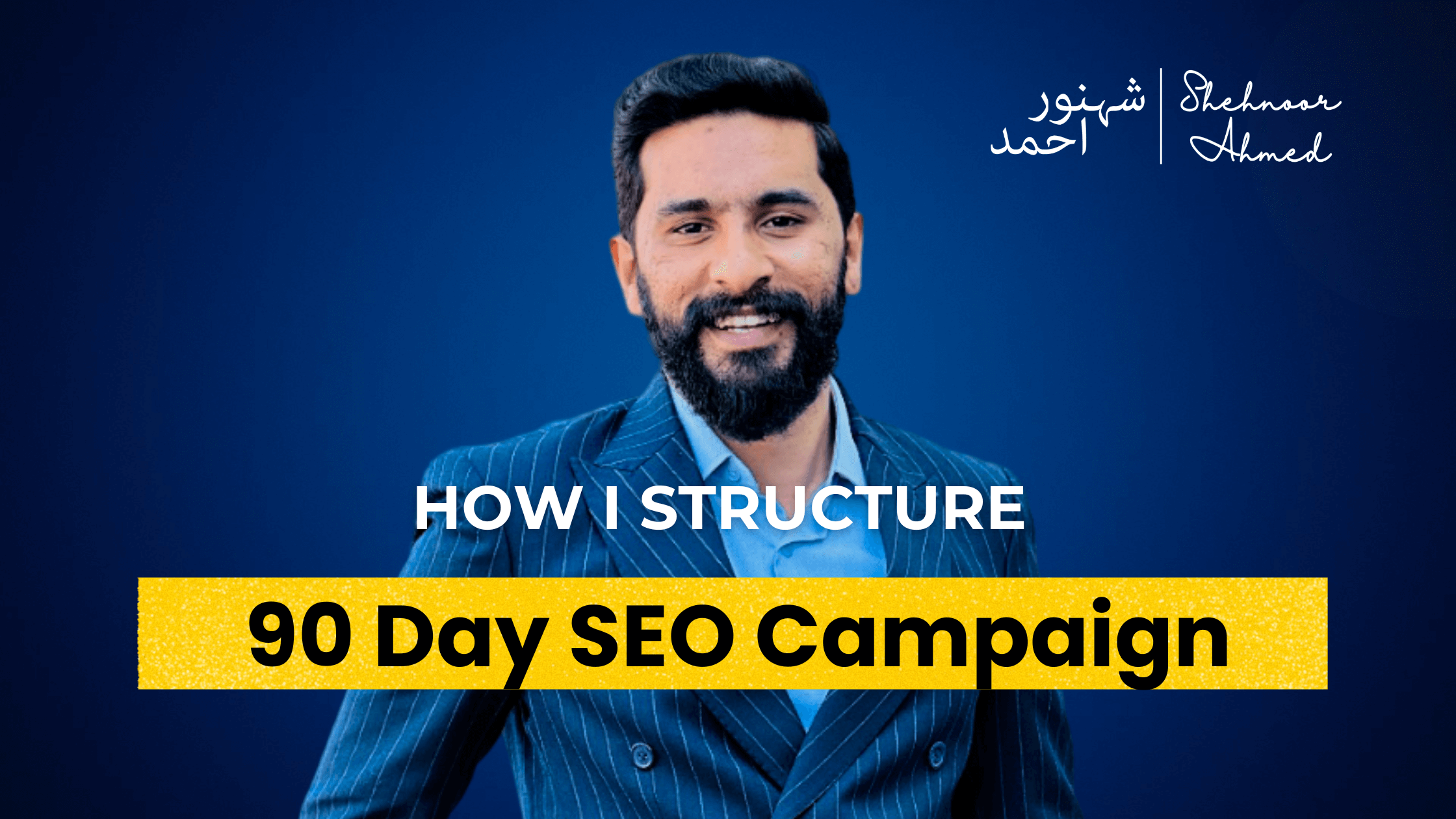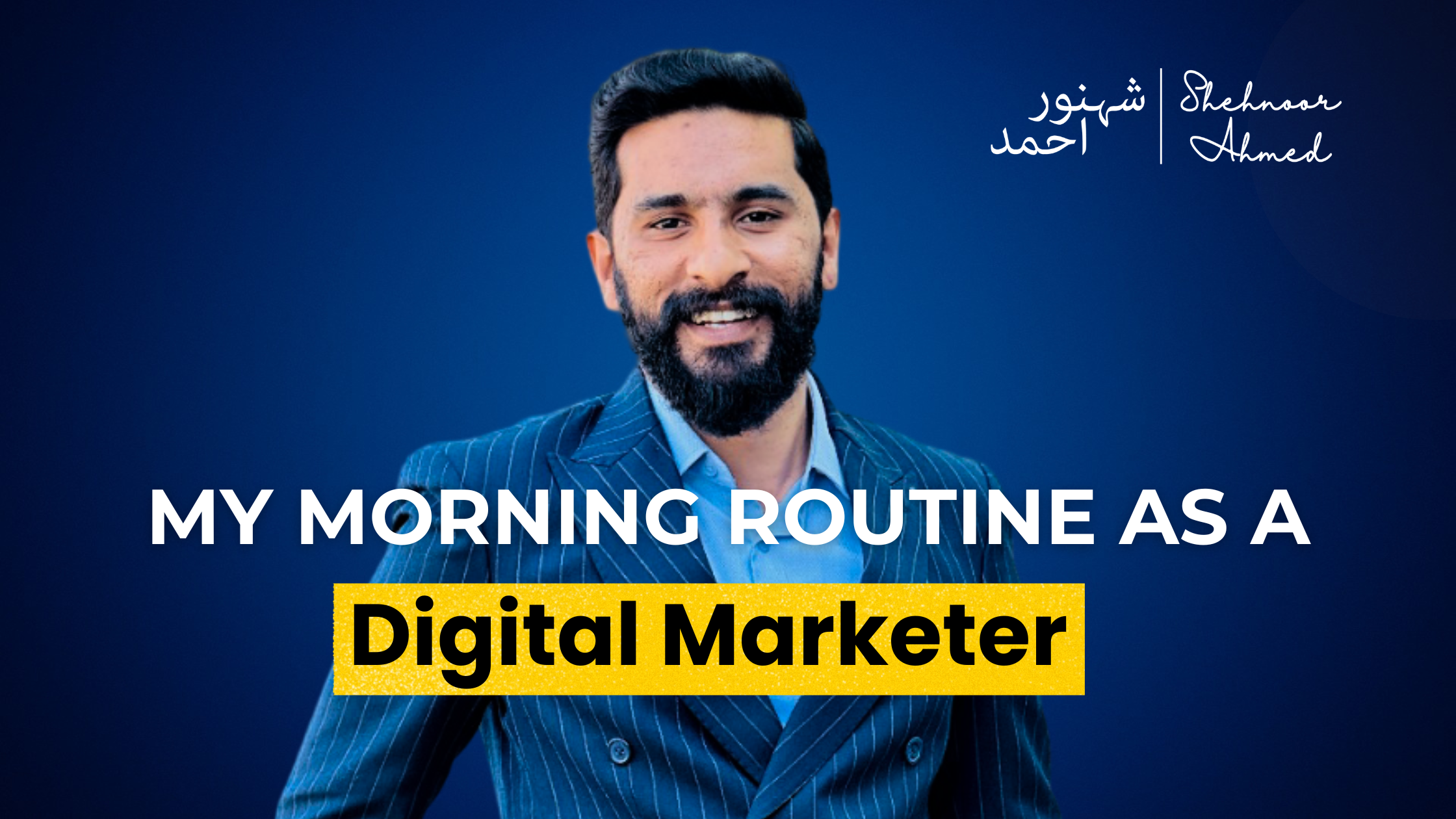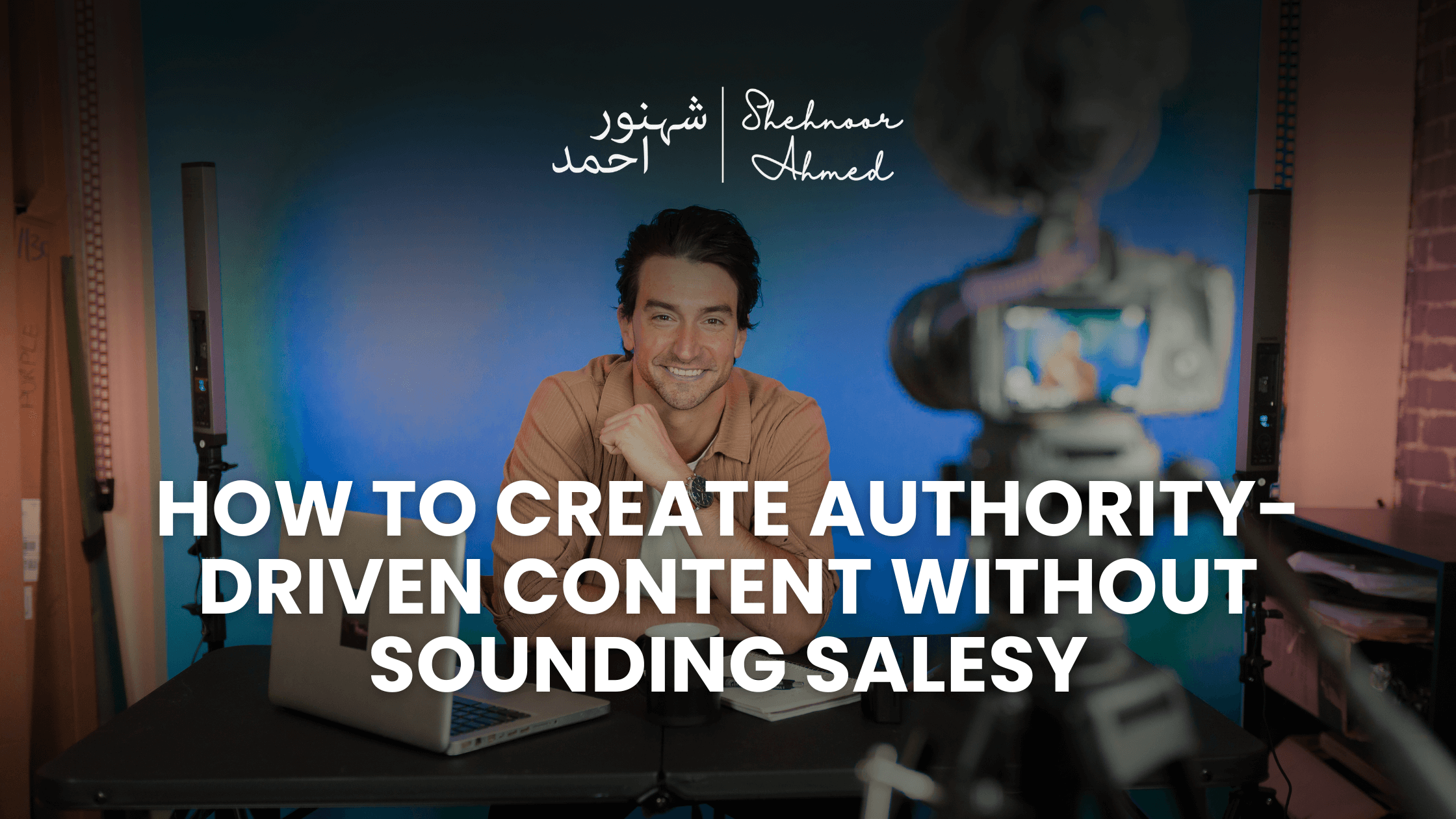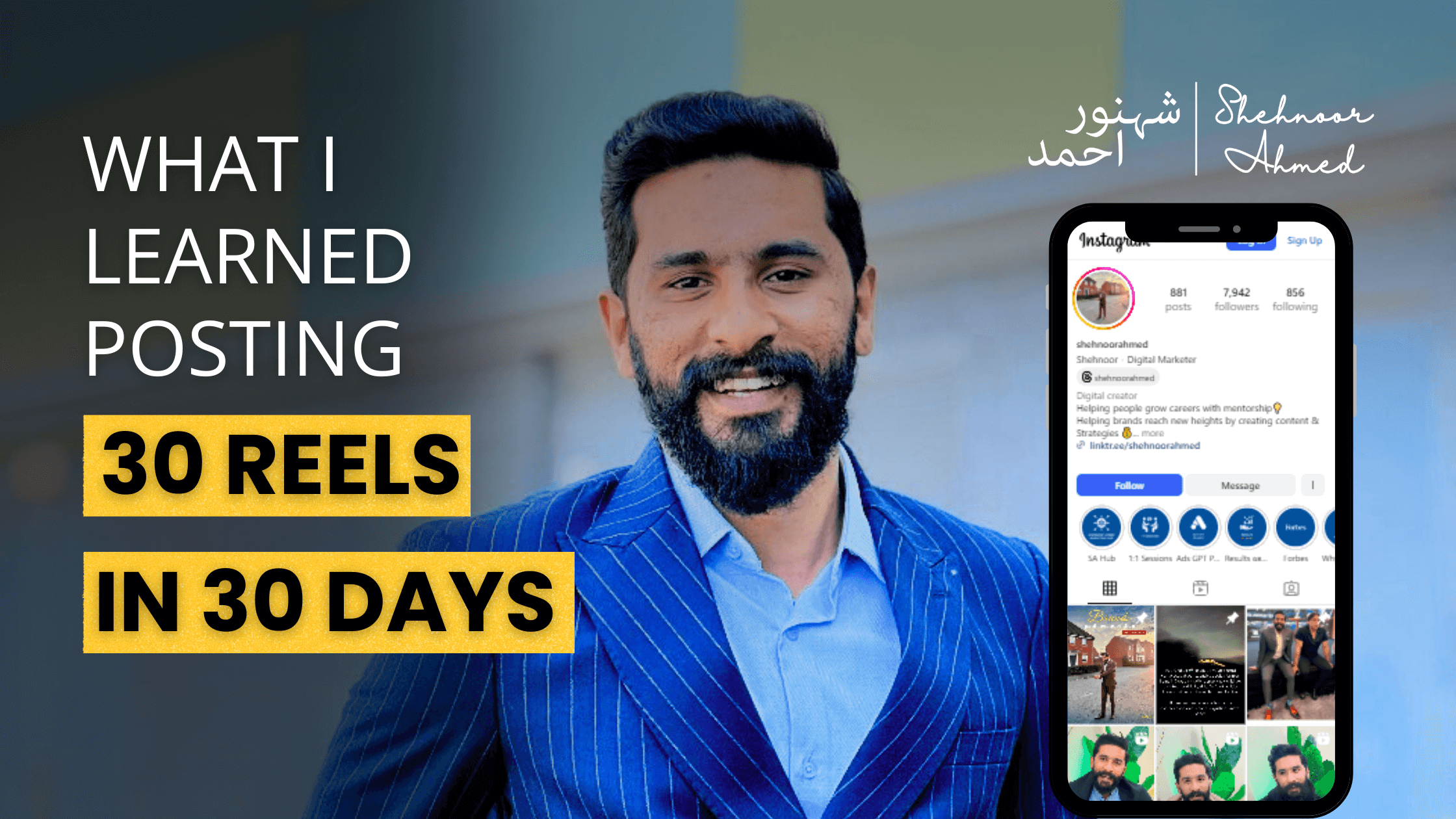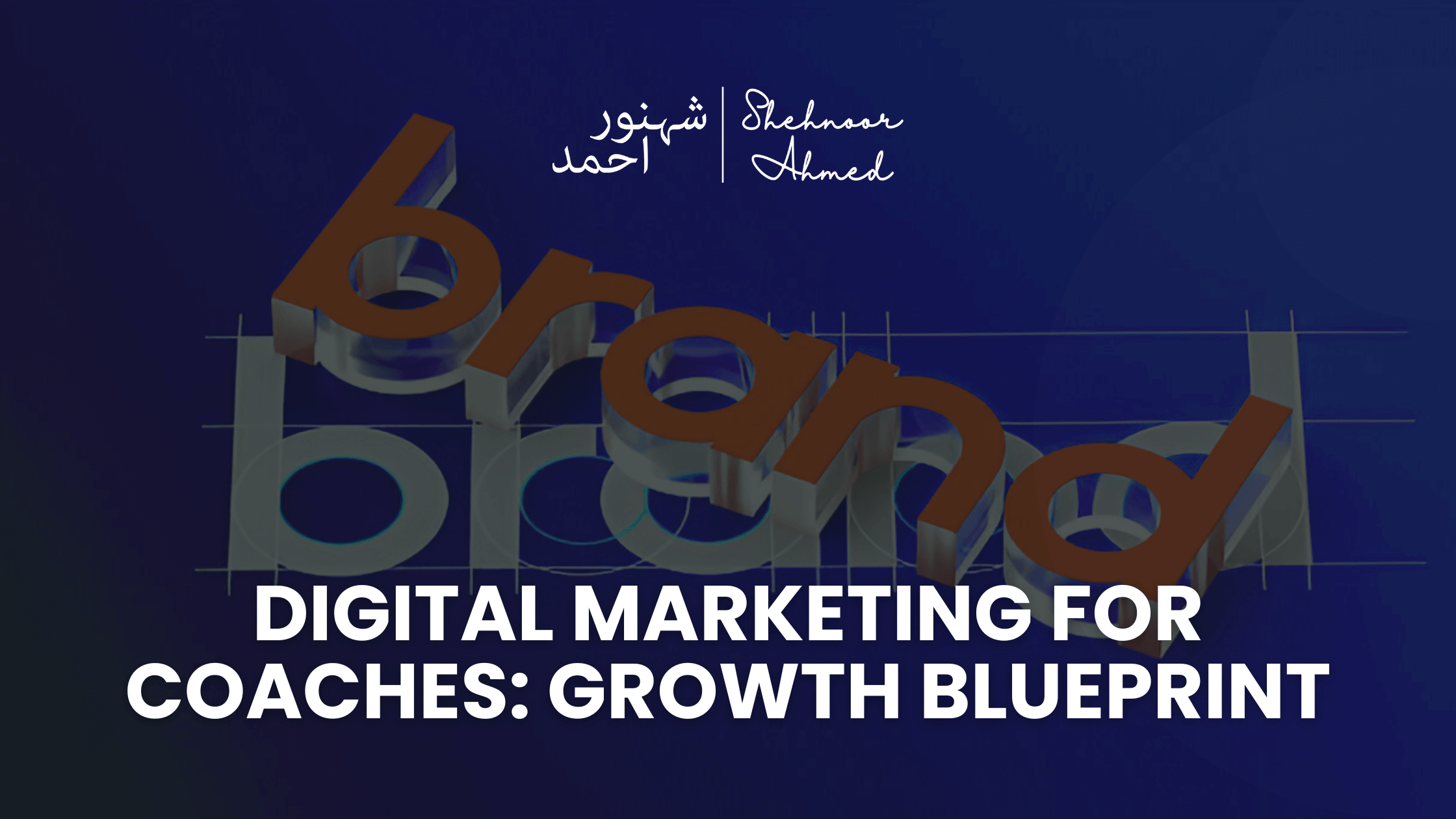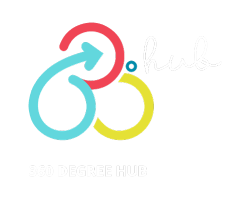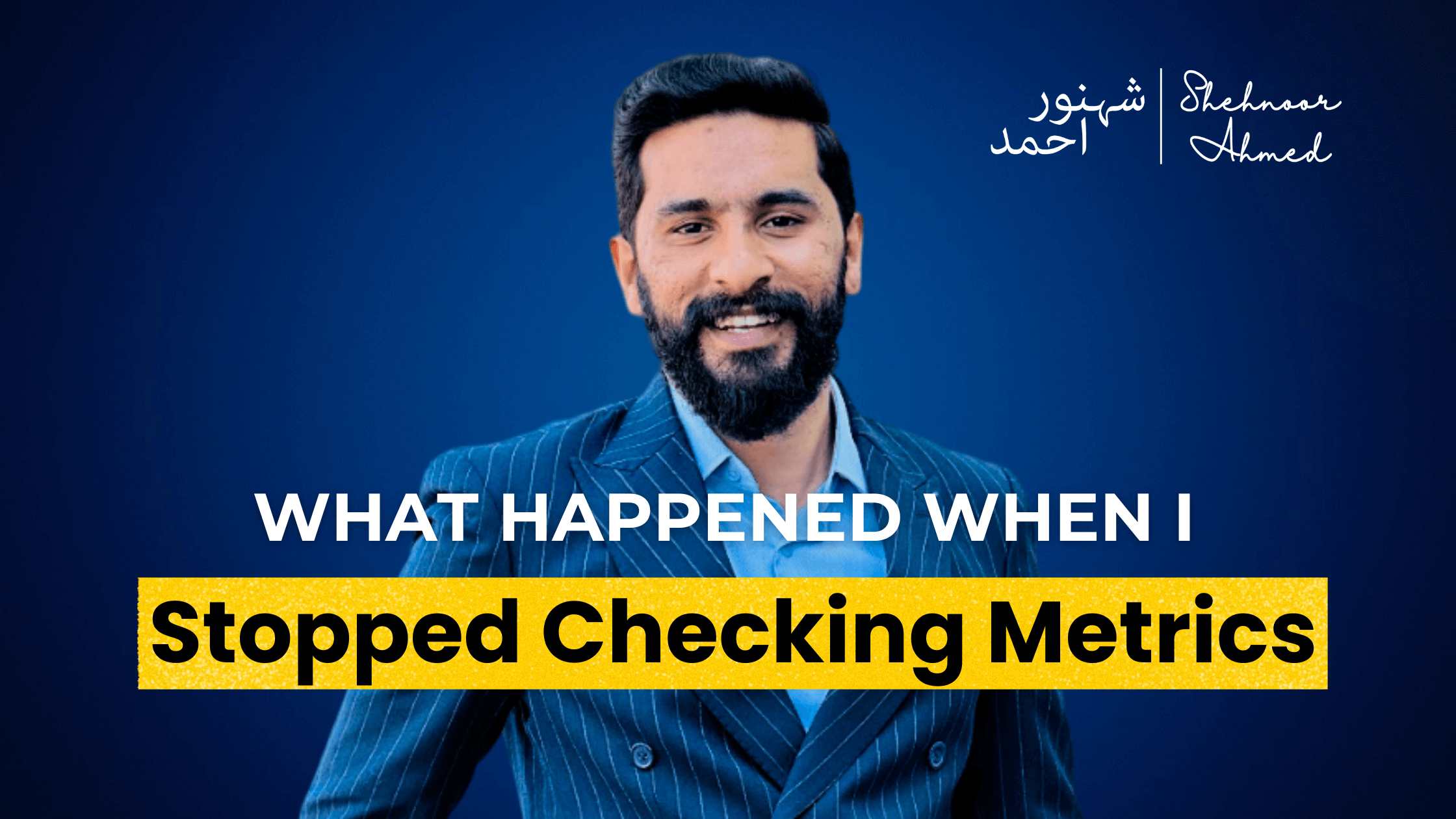
What Happened When I Stopped Checking Metrics for a Week
I used to check my content stats like I was clocking into a job. Open app, refresh dashboard, wait for the dopamine or the drop. If a post flopped, it ruined my day. If something performed well, I’d feel great for a few hours, then anxious about how to top it. This cycle didn’t feel like growth. It felt like addiction. So I tried something different. For one full week, I stopped checking metrics. No YouTube Studio. No Twitter Analytics. No Google dashboards. I still posted. I just didn’t track anything. Here’s what actually happened. Metrics Were Messing With My Head More Than I Realized I didn’t expect the silence to feel so loud. The first day, I kept reaching for my phone without thinking. I realized I wasn’t checking stats for insight was doing it for validation. That hit hard. When I looked back, most of my creative decisions had been based on numbers, not ideas. I was making content to get reactions, not to say something I actually cared about. And it wasn’t helping. I wasn’t growing the way I wanted to. I was just feeding a loop. What I Did Instead I didn’t stop creating. I still wrote posts, recorded ideas, and published as usual. I just refused to check how they did. I even blocked the usual apps from my phone. I removed the shortcuts. I switched off every notification tied to content performance. It felt weird for the first few days. But then something shifted. What Changed After 7 Days Without Metrics 1. I Wrote Without Overthinking No stats meant no pressure to perform. I said what I wanted to say. Not what I thought would “work.” Some posts were messy. Some were sharp. But they felt like me. 2. I Posted More Without worrying about how things would do, I stopped obsessing over timing, hashtags, or “what’s trending.” I wrote, I posted, I moved on. The whole thing felt lighter. 3. I Got More Real Responses People started replying to my posts in ways they hadn’t before. Longer DMs. Thoughtful reactions. It was clear they felt something different. I wasn’t trying to impress anymore. I was just being honest. That landed better than I expected. 4. I Focused On What I Could Control Without metrics in the way, I paid more attention to my ideas, my message, and my schedule. That was the only part I could actually shape anyway. The Bigger Impact on My Brand The break didn’t just change how I created. It helped me see what I’m actually building. I stopped thinking about “growth” in terms of graphs. I started thinking about it in terms of trust. The kind that doesn’t come from viral spikes. The kind that comes from showing up, over time, with something real to say. A brand isn’t just content that performs. It’s a point of view that people come back to even when it’s not trending. The Tools That Helped Me Stay On Track Here’s what I used to stay focused: These tools weren’t about productivity. They were about keeping my head clear. Should You Try This? Try it if: Don’t try it if: This isn’t about never checking data. Data matters. But if you’re creating with a tight chest and a browser tab full of dashboards, it might be time to step back. Business Inquiries: Hello@shehnoorahmed.com FAQs:

